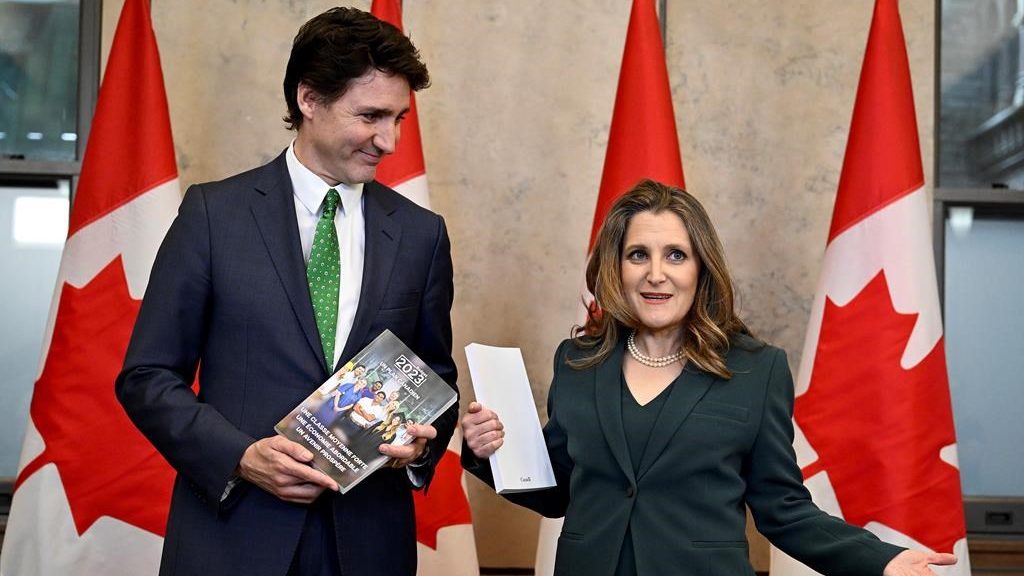George Washington, other Founding Fathers play key roles in new Assassin’s Creed video game
Posted Nov 2, 2012 06:53:33 AM.
This article is more than 5 years old.
MCLEAN, Va. – Wars and video games seem to go together like peanut butter and jelly. But those games usually involve tanks and machine-guns and Tet offensives; not horses, bayonets and Bunker Hill.
Now, though, one of the biggest game releases of the upcoming holiday season is immersing players in the Revolutionary War, with key cameos from George Washington, Ben Franklin and other Founding Fathers.
Assassin’s Creed III is due for release Tuesday. In some ways, the game is meticulous with historical accuracy. Great attention was paid to research to recreate the cities of New York and Boston on a one-third scale. History professors were brought in as consultants.
In other ways, the game takes liberties with history. It integrates the Revolutionary War into the overarching story of Assassin’s Creed, in which the secret society of the Knights Templar fills the role as the game’s overarching villain.
Game creators were reluctant to reveal too many details in advance of the game’s release. Review copies were not available in advance.
The game’s creative director, Alex Hutchinson, said the ability to explore a historical era that has been largely left untouched by the gaming world was one of the most exciting aspects of the project.
As for Washington himself, Hutchinson said he wanted the game to portray the fact that for the man who would become the nation’s first president, it was far from certain that America would win the war.
“He wasn’t sure he was going to win,” Hutchinson said. “When you read their letters, they were very uncertain for much of their time” how the war would turn out.
Francois Furstenberg, a history professor at the University of Montreal, who has written about the iconography that surrounds Washington, served as a consultant and said he was interested less in making sure names and dates were perfect, but more in the game’s overarching narrative. He said the game’s creators shared his desire to depict the war in a nuanced way that avoided portraying one side as the good guys and vice versa.
“Anything that complicates the narrative is a good thing,” he said. “If anything I think they were more interested in sort of a muckraking account” of the revolution, something that agreed with Furstenberg.
The game’s protagonist — Connor, half American Indian, Half British and not aligned with either side — served as a good vehicle for exploring the era in a way that avoids patriotic cliches, Hutchinson said.
The game’s international fan base also demands an even-handed approach to the Revolution, said Hutchinson, who is frequently questioned by skeptical fans who worry the game will be too pro-American.
Not to worry, said Hutchinson, who jokes that he’s an Australian living in Canada making a game about the American Revolution for a French software company.
Even where it sought to be realistic, the game’s creators took a few liberties. Washington, for instance, is first introduced as a young officer serving under General Braddock in the French and Indian war. The game makers took great care to show the youthful Washington accurately, as a redhead. Looking at the finished product, though, they felt they ought to add a touch of grey to Washington’s hair, to more closely match the iconic image of Washington held by the public.
“We did not know how odd it is to see a red-headed George Washington,” Hutchinson said. “It was one of those instances where the fiction felt more right than the real version.”
Ubisoft takes far greater liberties in a downloadable add-on game that will be available to Assassin’s Creed players a few months after the games release. In “The Tyranny of King Washington,” players confront a scenario where Washington, rather than yielding power to civil authority, parlays his power and popularity and establishes himself as a new monarch.
At George Washington’s Mount Vernon estate, curators are happy that the game will introduce so many kids to Washington and the Founding Fathers and hopefully get them thinking about history.
“I would love for people to focus on exactly the incredible choice Washington made to relinquish power,” said Carol Cadou, senior curator at Mount Vernon, even if the vehicle for prompting that discussion is a game that contorts and creates an alternate reality.
Historical figures certainly make appearances in some video games, but rarely from historical eras and rarely in a setting devoted to realism. The popular game “Call of Duty: Black Ops,” for instance, features John F. Kennedy, Fidel Castro, Richard Nixon and former Defence Secretary Robert McNamara. But in the game, the four of them team up to defeat an onslaught of zombies at the Pentagon.
Cadou says that Washington has so often been portrayed so heroically that he becomes unrelatable.
“Washington is almost so good he becomes bland,” she said. “Even if he’s depicted in a negative way, it gives us an opportunity to explore” his life that otherwise wouldn’t exist.
The Mount Vernon estate has focused in recent years on piercing the stodgy image of Washington on the dollar bill and sought to emphasize his military daring and action-hero aspects of his life story.
Mount Vernon even looked at producing its own educational video game featuring Washington, but ultimately concluded that such a game would be “a little more violent than we had the appetite for.”










